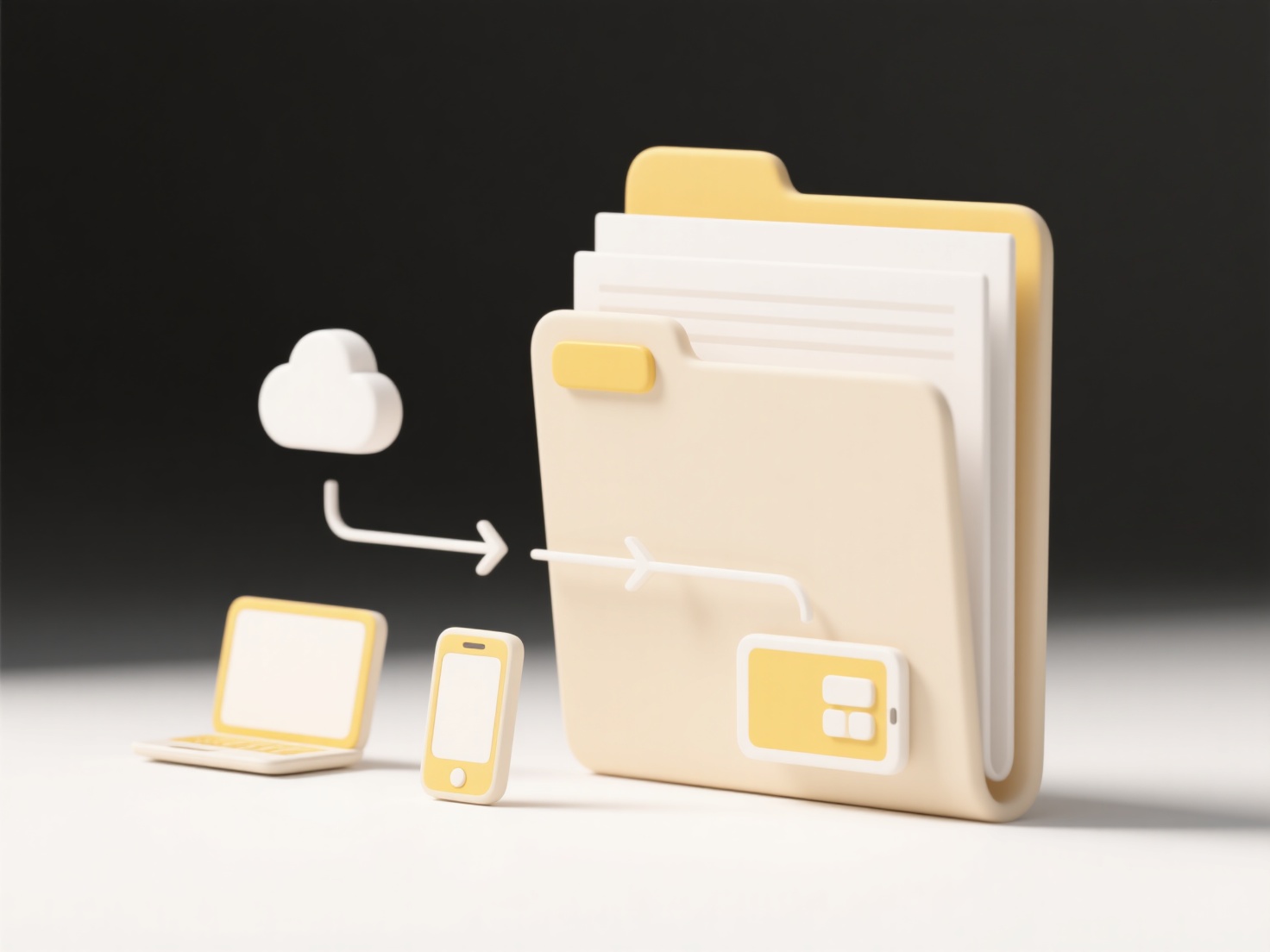
Monitoring and logging renaming activity involves tracking when files, folders, or digital objects (like database entries) have their names changed. This differs from simply auditing file access or deletions, as it specifically captures the modification of identifiers. Achieving this typically requires enabling audit policies within your operating system (like Windows Security Log auditing) or utilizing dedicated file integrity monitoring tools that log changes including renames.
Practical examples include tracking unintended name changes affecting linked documents in collaborative content management systems like SharePoint, helping trace how errors occurred. Industries such as finance and healthcare often use specialized monitoring tools to log file renames on critical servers, proving compliance with data integrity regulations by showing a history of changes to financial records or patient data identifiers.

The primary advantage is enhanced accountability and audit trails for troubleshooting or security investigations. However, constant monitoring can generate excessive logs impacting system performance, and tools may sometimes lack granular context for why a rename occurred. There are ethical considerations regarding user privacy versus organizational security needs; transparent policies about such logging are essential. Advancements in AI could improve filtering noise and interpreting log intent.
Can I monitor and log renaming activity?
Monitoring and logging renaming activity involves tracking when files, folders, or digital objects (like database entries) have their names changed. This differs from simply auditing file access or deletions, as it specifically captures the modification of identifiers. Achieving this typically requires enabling audit policies within your operating system (like Windows Security Log auditing) or utilizing dedicated file integrity monitoring tools that log changes including renames.
Practical examples include tracking unintended name changes affecting linked documents in collaborative content management systems like SharePoint, helping trace how errors occurred. Industries such as finance and healthcare often use specialized monitoring tools to log file renames on critical servers, proving compliance with data integrity regulations by showing a history of changes to financial records or patient data identifiers.

The primary advantage is enhanced accountability and audit trails for troubleshooting or security investigations. However, constant monitoring can generate excessive logs impacting system performance, and tools may sometimes lack granular context for why a rename occurred. There are ethical considerations regarding user privacy versus organizational security needs; transparent policies about such logging are essential. Advancements in AI could improve filtering noise and interpreting log intent.
Quick Article Links
How can I find and delete duplicate files?
Finding and deleting duplicate files means identifying exact copies of data stored on your computer or device and perman...
What’s the difference between link sharing and user-based sharing?
Link sharing provides access through a shareable URL. Anyone with the link can typically view or edit the shared content...
What extensions are commonly blocked in email?
Common email systems often block executable and archive file extensions to prevent malware distribution. The most consis...